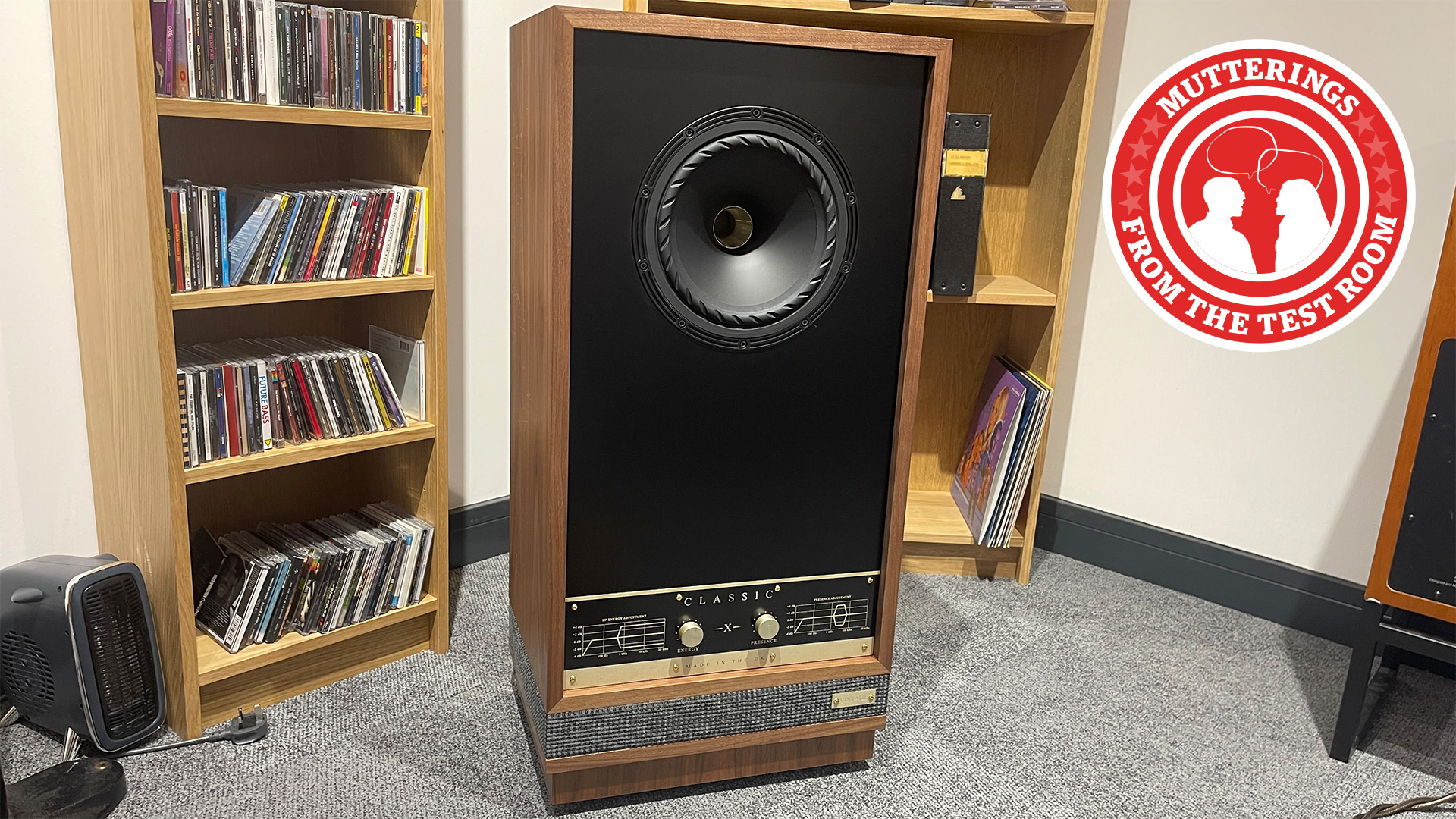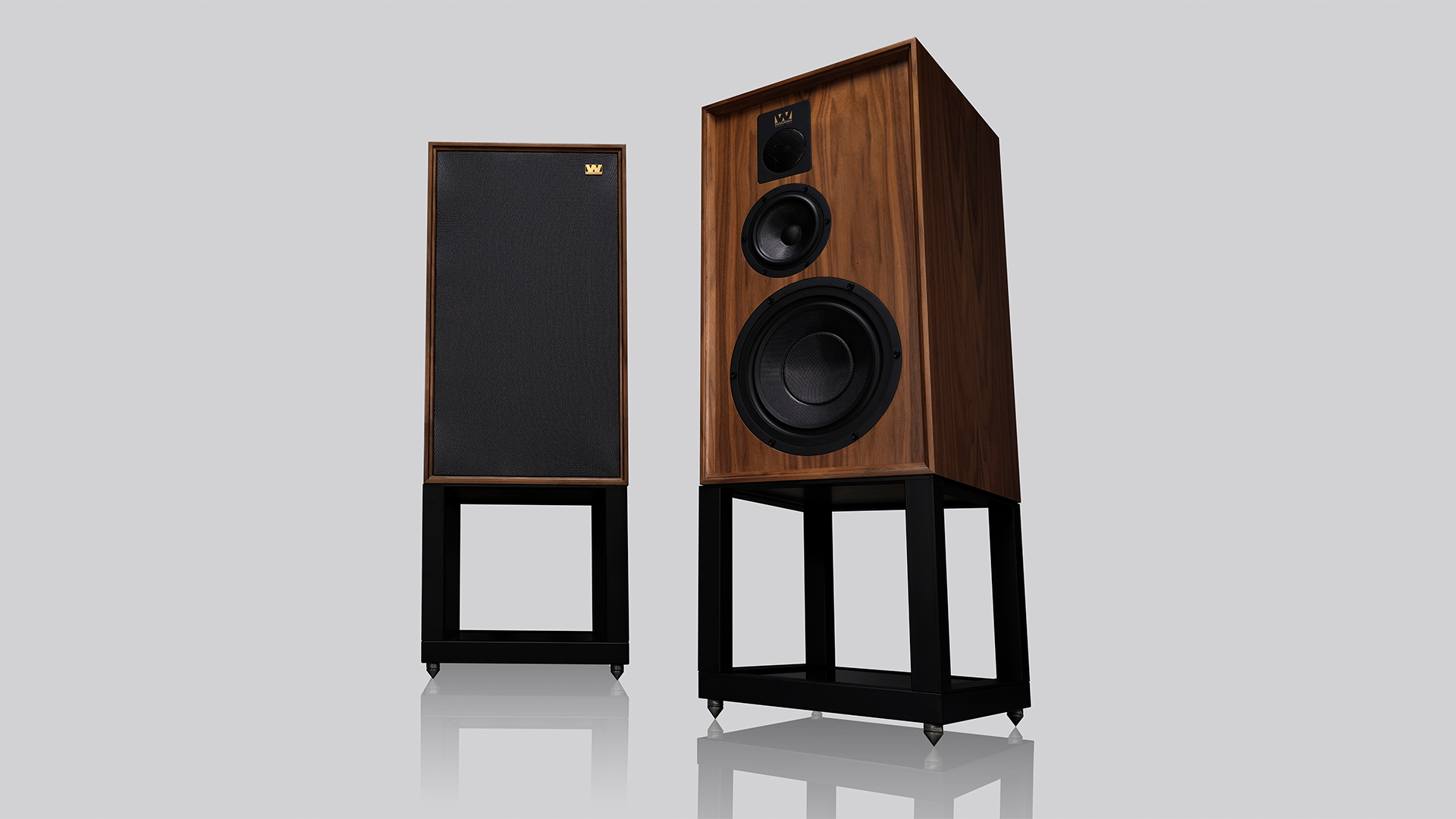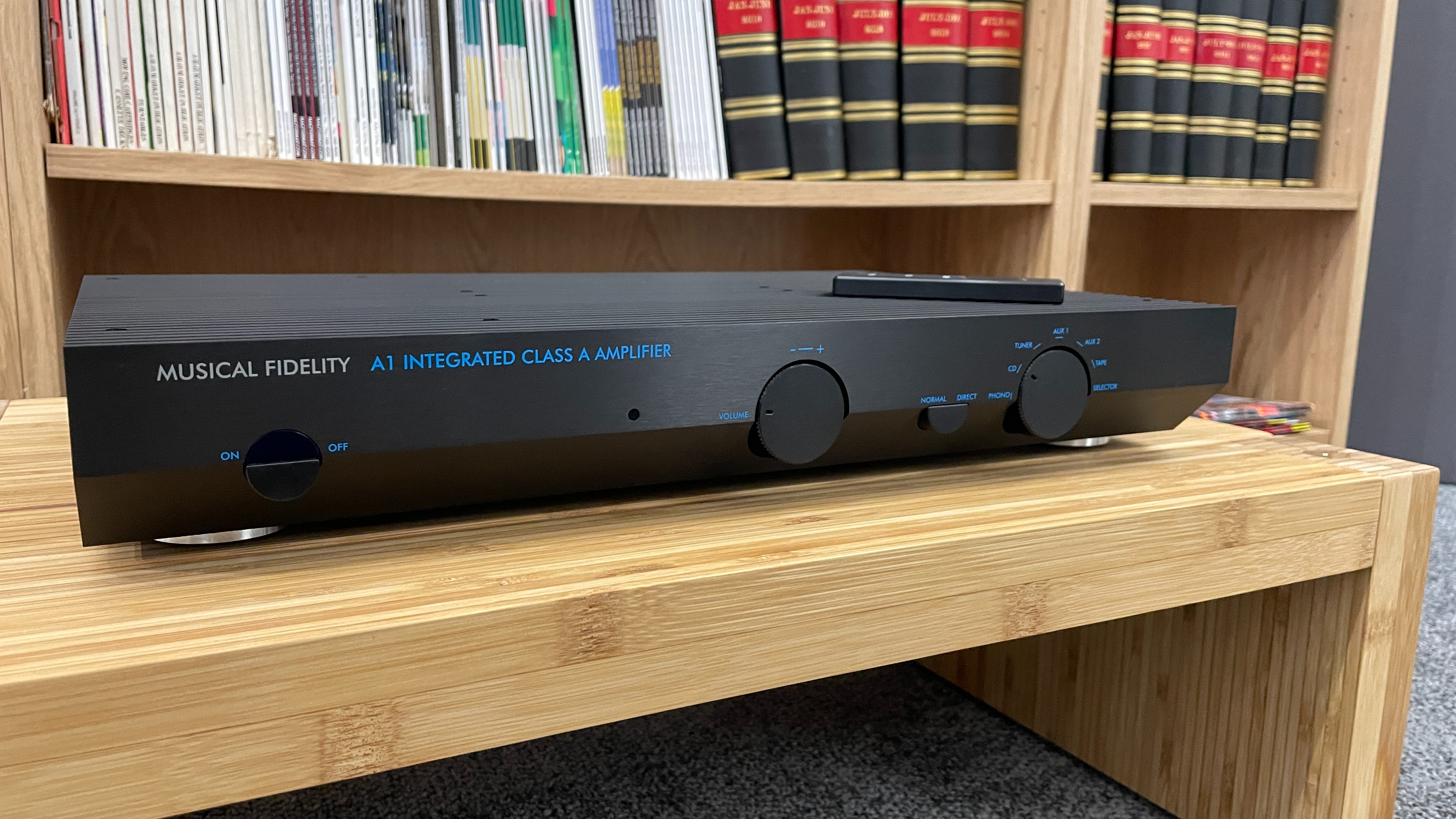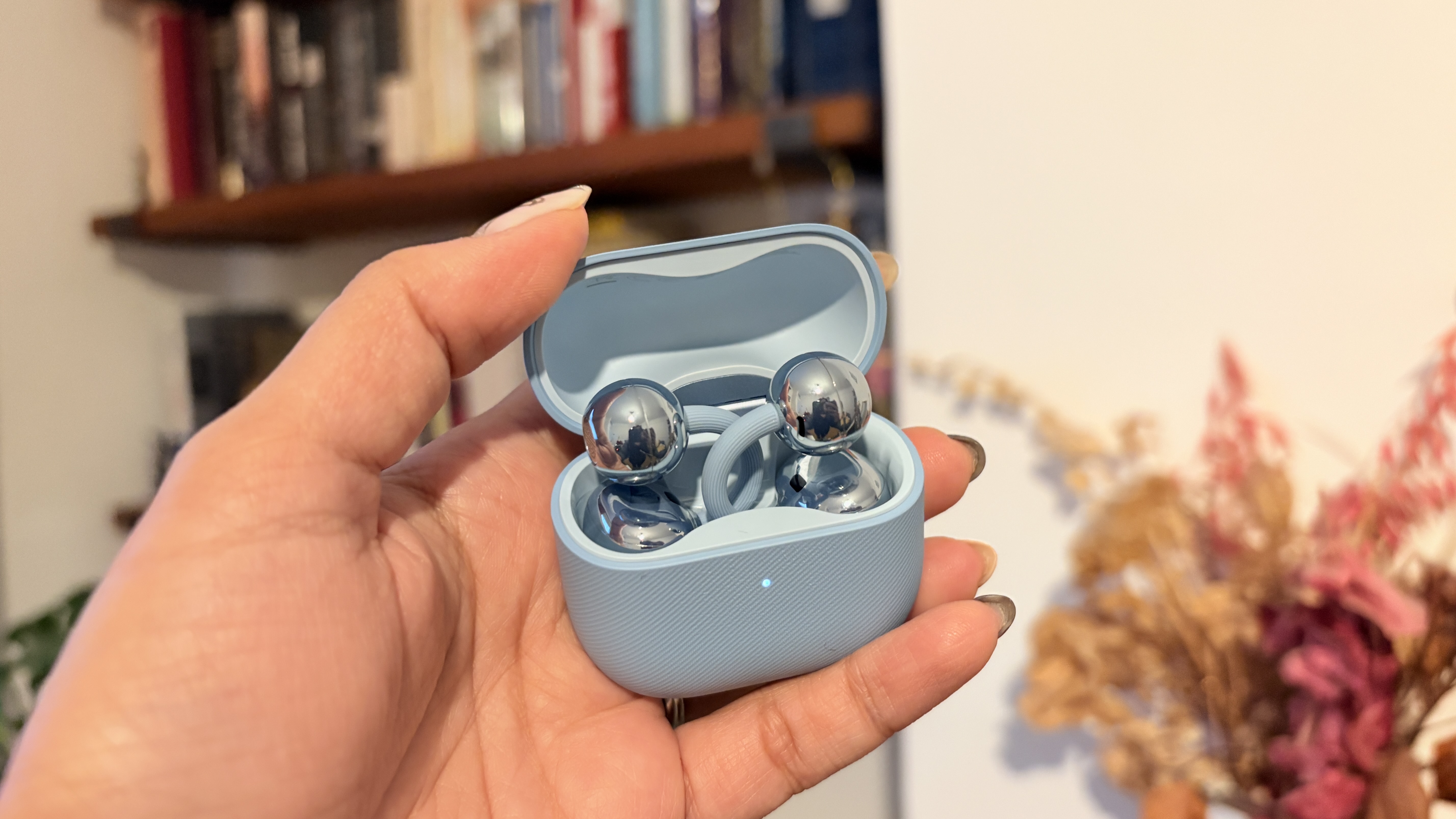An ode to big speakers: why size matters (and science agrees)
The bigger, the better

Ask most people to describe their perfect speakers and I’m pretty sure the vast majority would say something along the lines of "small, discreet but still great sounding". Would these people also like lots of bass? I have no doubt that they would.
This is the ideal that many speaker designers have chased over the last few decades, giving us a slew of ultra-slim floorstanders, stereo sub/sat systems and small high-end standmounters that all seem to produce huge amounts of bass for their size.
I still find it impressive how much performance the industry has eked out of such products and just how highly engineered the drive units and cabinets have become. But that is the thing. Such feats of engineering are only necessary because the engineers are forced to start from a less-than-ideal place (if top-class sound quality is indeed the aim). What is the best place? A solid, low-resonance enclosure with a generous internal volume is a good place to start.
Small, slim speakers may be easier to accommodate in a room, but they present all sorts of hurdles when it comes to getting a life-like sound packed with nuance, power and authority.
With that in mind, I’m pleased to see that an increasing number of manufacturers are brave enough to make their speakers bigger these days. These speakers don’t have to be massive. Even a small increase in front baffle width allows for a slightly larger drive unit – say, 25mm wider in diameter. Do the maths and you will find that even that gives a significantly larger radiating area, and the result would be improvements pretty much across the sonic board, bar possibly forcing a lowering of the crossover point.

A more generous cabinet allows the engineers to fit bigger drive units. That much is obvious. Combining these two things should result in many benefits, from the ability to play louder and deeper to improved dynamics and reduced distortion.
Perhaps counterintuitively, larger speakers tend to be more sensitive than smaller alternatives, simply because the designer needs to suppress less of the midrange and treble to get an even frequency response, thanks to the increased bass output.
The latest hi-fi, home cinema and tech news, reviews, buying advice and deals, direct to your inbox.
That added sensitivity isn’t a trivial matter. A difference of 3dB in speaker sensitivity is the same as a doubling of amplifier power. So, in basic terms, a speaker rated at 91dB/W/m sensitivity driven by a 50 watts-per-channel amplifier will go as loud as an 88dB/W/m speaker connected to a 100 watts-per-channel amp. The takeaway should be that the most effective way to improve your system’s ability to play more loudly is to get a more sensitive speaker, not a more powerful amplifier.

So, big speakers have all sorts of important advantages, but it isn’t one-way traffic. There are downsides to having bigger speakers that go beyond just finding space for them in your room.
It is possible that the deeper bass they generate may be too much in a smaller room, leading to a boomy sound. Also, a bigger cabinet will tend to be less rigid than a smaller one, and so more prone to resonances. This affects all sorts of things from clarity to cohesion and rhythmic drive. Of course, manufacturers can get around this with clever construction methods coupled with careful bracing and damping, but the bigger the enclosure the more of a problem this is for engineers to try to overcome.
A wider front baffle might help a speaker’s midrange performance but can also be a hurdle as far as creating a truly out-of-the-box stereo imaging is concerned, too. In our experience, small standmounters tend to do a better job of disappearing behind the sound.
Yet, whenever we listen to a pair of large standmounters such as the Mission 770 or Wharfedale Dovedale, or big floorstanders like Fyne Audio's Vintage Classic X, they deliver a range of abilities that easily offset any such weaknesses. Compare any of these with their similarly priced but smaller competition and you will find that they win hands-down when it comes to sonic authority, dynamic expression and bass quality. You will also find that they deliver music with an appealing sense of ease that eludes most rivals.
In conclusion, the next time you go to buy speakers, don't ignore the bigger option, even if that means going from a smaller standmounter to the next one up the range. They may take up a little more space in the room but that extra cabinet volume and matching drive units can potentially bring a raft of sonic benefits that really matter.
MORE:
Read our Fyne Audio Vintage Classic X review
The Mission 770 story takes in the BBC, Spendor and the drive to do better
The most important component in your hi-fi system isn’t what you think it is

Ketan Bharadia is the Technical Editor of What Hi-Fi? He has been reviewing hi-fi, TV and home cinema equipment for almost three decades and has covered thousands of products over that time. Ketan works across the What Hi-Fi? brand including the website and magazine. His background is based in electronic and mechanical engineering.
